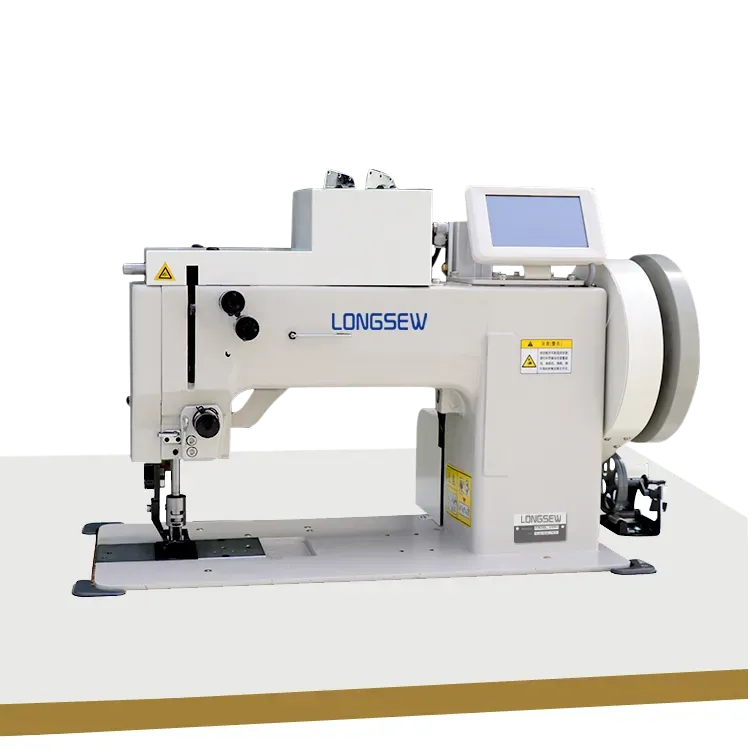what does an overlocker do
What Does an Overlocker Do?
An overlocker, also known as a serger, is a specialized sewing machine designed to finish seams and provide professional-quality finishes to fabrics. Unlike a standard sewing machine, which typically uses one or two threads, an overlocker usually operates with three to five threads simultaneously. This capability allows it to perform several essential functions that enhance the efficiency and quality of fabric construction.
What Does an Overlocker Do?
In addition to finishing seams, an overlocker can also produce various types of stitches that are specifically designed for stretch and knit fabrics. One of the most notable stitches is the overlock stitch itself, which locks the threads in place while allowing the fabric to stretch. This functionality is crucial in garment construction, particularly in making t-shirts, activewear, and other stretchy items where flexibility is essential. The ability to maintain stretch in seams ensures that garments fit comfortably without compromising on style or durability.
what does an overlocker do

Another significant advantage of using an overlocker is the time it saves in the sewing process. The combination of cutting, sewing, and finishing in one step significantly reduces the number of processes a sewer has to complete. This efficiency is especially beneficial for those involved in production sewing, where speed and uniformity are vital. By simplifying the finishing process, an overlocker enables sewists to focus on creativity and design rather than getting bogged down in tedious finishing tasks.
Overlockers are also versatile in their applications. While they are primarily used for seam finishing, they can perform a variety of techniques, including gathering, rolling hems, and even attaching elastic. With the right adjustments and settings, the overlocker can handle different fabric types, from delicate silks to heavier canvas. This adaptability makes it an invaluable tool for both hobbyists and professional seamstresses alike.
Despite their many advantages, overlockers do have a learning curve. Understanding how to thread the machine and adjust tension settings can be challenging for beginners. Additionally, the maintenance of an overlocker is crucial for optimal performance. Regular oiling and cleaning are necessary to keep the machine running smoothly and to ensure that the stitches are consistent and professional-looking.
In summary, an overlocker is a powerful tool that plays a vital role in modern sewing. It not only provides a professional finish to garments but also saves time and enhances the durability of the items produced. Whether for the casual hobbyist or a serious designer, an overlocker can significantly improve the sewing experience, allowing for greater creativity and more polished results. As the textile and fashion industries continue to evolve, the overlocker remains an essential piece of equipment for anyone serious about sewing.
-
Boost Production Efficiency with a Pattern Sewing MachineNewsAug.29,2025
-
Industrial Excellence with the Best Heavy Duty Sewing MachineNewsAug.29,2025
-
Precision and Power with the Best Pattern Sewing MachineNewsAug.29,2025
-
Reliable Bulk Packaging Starts With the Right FIBC Sewing MachineNewsAug.29,2025
-
Advanced Packaging Solutions: Elevate Productivity with Jumbo Bag Sewing Machine and Industrial Stitching EquipmentNewsAug.29,2025
-
High-Performance Solutions for Bulk Packaging: FIBC Sewing Machine and MoreNewsAug.29,2025
-
Maximize Efficiency with an Industrial Cylinder Arm Sewing MachineNewsAug.28,2025


























